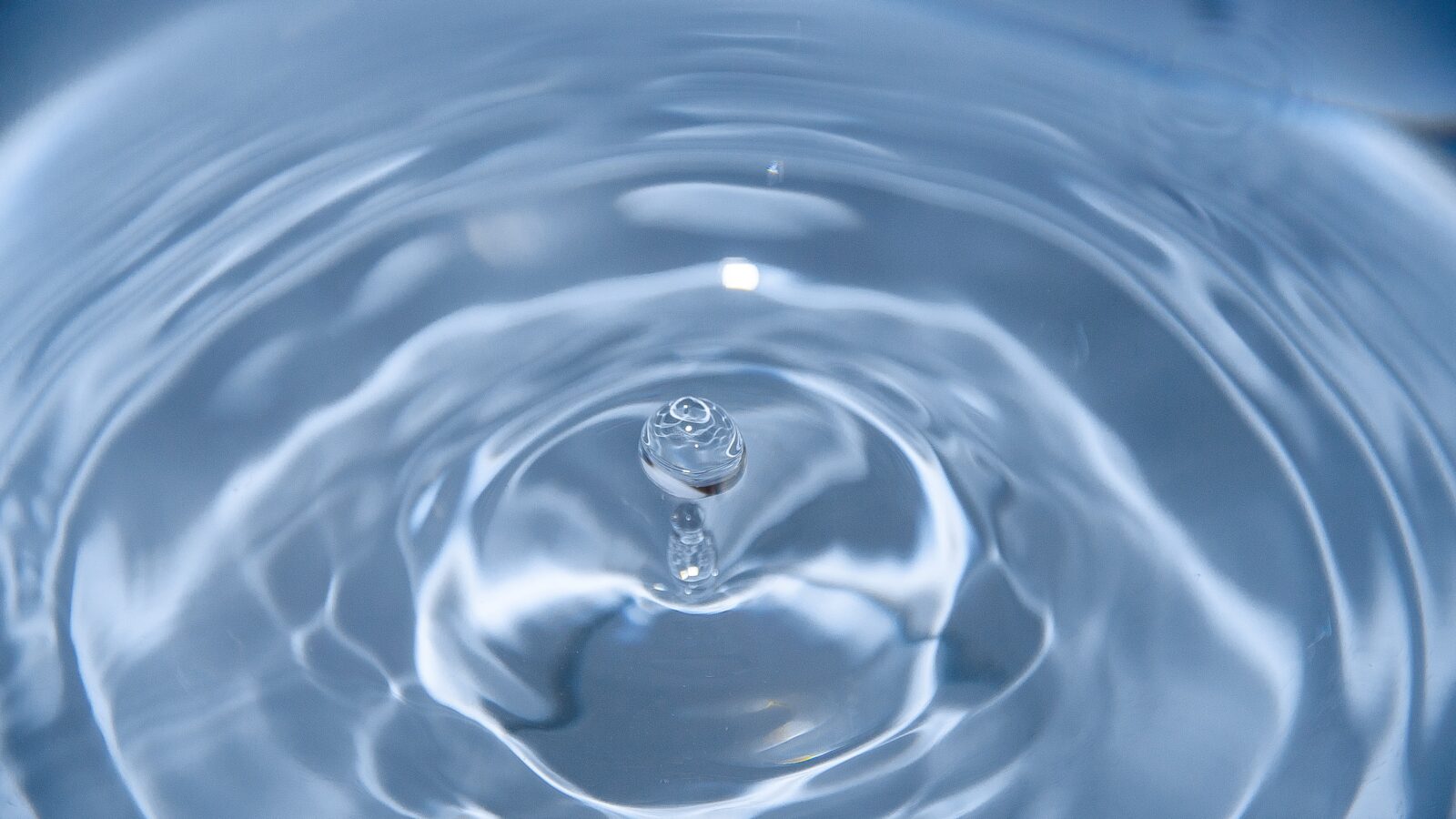
In an historic step for the protection of clean water, the U.S. Environmental Protection Agency (EPA) and the U.S. Army finalized the Clean Water Rule to protect from pollution and degradation the streams and wetlands that form the foundation of the nation’s water resources.
“For the water in the rivers and lakes in our communities that flow to our drinking water to be clean, the streams and wetlands that feed them need to be clean too,” said EPA Administrator Gina McCarthy. “Protecting our water sources is a critical component of adapting to climate change impacts like drought, sea level rise, stronger storms, and warmer temperatures – which is why EPA and the Army have finalized the Clean Water Rule to protect these important waters, so we can strengthen our economy and provide certainty to American businesses.”
“Today’s rule marks the beginning of a new era in the history of the Clean Water Act,” said Assistant Secretary for the Army (Civil Works) Jo-Ellen Darcy. “This is a generational rule and completes another chapter in history of the Clean Water Act. This rule responds to the public’s demand for greater clarity, consistency, and predictability when making jurisdictional determinations. The result will be better public service nationwide.”
People need clean water for their health: About 117 million Americans – one in three people – get drinking water from streams that lacked clear protection before the Clean Water Rule. America’s cherished way of life depends on clean water, as healthy ecosystems provide wildlife habitat and places to fish, paddle, surf, and swim. Clean and reliable water is an economic driver, including for manufacturing, farming, tourism, recreation, and energy production. The health of our rivers, lakes, bays, and coastal waters are impacted by the streams and wetlands where they begin.
Protection for many of the nation’s streams and wetlands has been confusing, complex, and time-consuming as the result of Supreme Court decisions in 2001 and 2006. EPA and the Army are taking this action today to provide clarity on protections under the Clean Water Act after receiving requests for over a decade from members of Congress, state and local officials, industry, agriculture, environmental groups, scientists, and the public for a rulemaking.
The rule ensures that waters protected under the Clean Water Act are more precisely defined and predictably determined, making permitting less costly, easier, and faster for businesses and industry. The rule is grounded in law and the latest science, and is shaped by public input. The rule does not create any new permitting requirements for agriculture and maintains all previous exemptions and exclusions.


